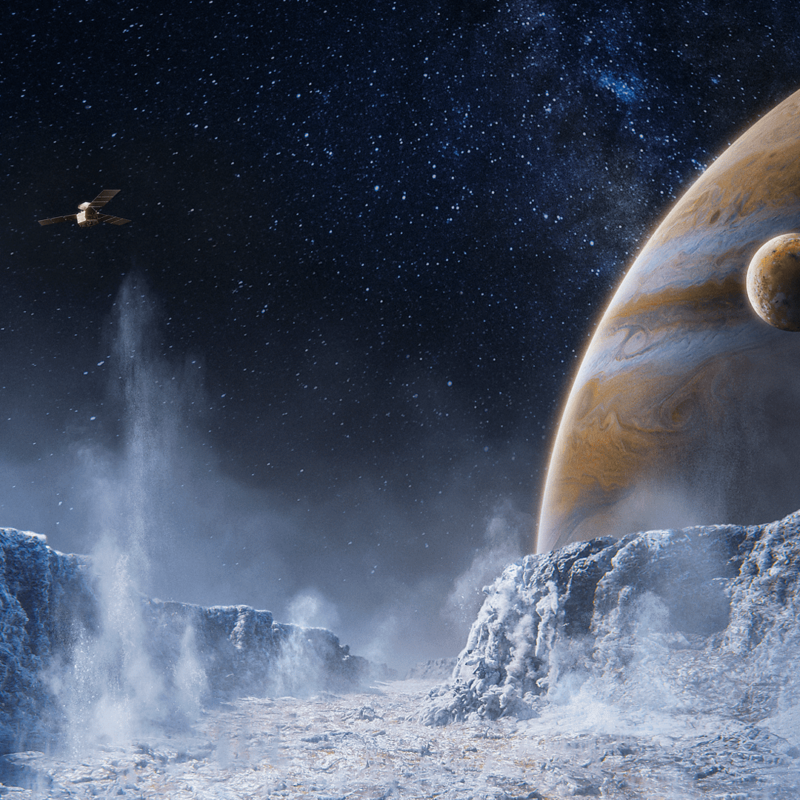description:
How and when did life on Earth get to be the way it is today?
episodes:
01. Macroevolution and Major Transitions
Professor Anthony Martin introduces the nearly 4-billion-year history of life by reviewing the basic concepts of macroevolution—the appearance of new forms of life from older forms of life. Learn how macroevolution leads to the major transitions covered in the course, such as the development of multicelled animals, flowering plants, and primates.
02. Paleontology and Geologic Time
Plunge into “deep time” by examining the two major types of evidence used in paleontology, which is the study of ancient life: namely, body fossils (shells, bones, molds, casts, eggs) and trace fossils (tracks, burrows, nests). Also, see how fossils are used together with radiometric dating to construct the geologic time scale.
03. Single-Celled Life—Prokaryotes to Eukaryotes
Complex life traces back to the Proterozoic eon, when simple one-celled organisms called prokaryotes evolved specialized structures and became new types of cells called eukaryotes. Investigate how this major transition took place, paving the way for the profusion of life forms explored in the rest of the course.
04. Metazoans—The Earliest Multicellular Animals
Make the leap from individual eukaryotic cells to organized groups of cells, called metazoans, which represent the first animals. Learn what distinguishes animals from plants, and how strange forms of animals flourished about 600 million years ago in shallow-marine environments devoid of predators.
05. The Development of Skeletons
Fossil beds such as the famous Burgess Shale in Canada show that life diversified quickly in the Cambrian period, about 500 million years ago. Discover that the reason relates to an “arms race” between predator and prey, which saw the development of skeletons and other mineralized parts.
06. The Rise of Vertebrates
Delve into a long-running paleontological mystery: conodonts survive only as tooth-like fossils, but paleontologists now know these were parts of eel-like creatures with primitive backbones. Such early vertebrates later diversified into fish, amphibians, reptiles, and mammals.
07. Colonization of the Land
Venture out of the water and onto land to learn how life adapted to terrestrial environments in the early part of the Paleozoic era, 500 to 400 million years ago. Algae, fungi, plants, and animals all had to evolve to survive and thrive in what were originally forbidding, barren landscapes.
08. Origins of Insects and of Powered Flight
Travel to the Devonian period, roughly 400 million years ago, and look at the early evolution of insects and insect flight. This major transition gave rise to what are today the most diverse and evolutionarily successful group of animals.
09. Seed Plants and the First Forests
Landscapes without large trees were typical before the early Carboniferous period, about 400 million years ago. Survey the fossil record for clues to the evolution of the first seed plants, called pteridosperms (“seed ferns”). These and other plants formed early forests, now preserved in much of the world’s coal deposits.
10. From Fish to 4-Limbed Animals
The canopies provided by early forests gave vertebrates new opportunities to get out of the water and start moving around on land. Learn how all four-limbed vertebrates (tetrapods) owe their evolutionary origins to lobe-finned fish that started this transition about 380 million years ago.
11. The Egg Came First—Early Reptile Evolution
The chicken versus egg question has a thought-provoking answer from evolution. Explore the factors that led to the enclosed, amniotic egg, an adaptation that allowed primitive reptiles to spread into new environments on land, some 150 million years before reptiles branched into birds—and only much later into chickens.
12. The Origins and Successes of the Dinosaurs
Jump ahead to the Triassic period, about 250 to 200 million years ago, to investigate how small diapsid reptiles, whose living descendants include crocodiles and lizards, evolved into the most popular and iconic of all animals from the fossil record: the dinosaurs.
13. Marine and Flying Reptiles
Dinosaurs dominated the land from the Triassic to Cretaceous periods, about 230 to 65 million years ago, but evolution favored other reptiles to rule the seas and sky. Inspect these many “-saurs,” including ichthyosaurs, plesiosaurs, mosasaurs, and pterosaurs.
14. Birds—The Dinosaurs among Us
“Dinosaur” has become a synonym for a failure to adapt to changing circumstances. But the dinosaur lineage survives today through birds. Starting with the remarkable transitional fossil Archaeopteryx, examine the evolutionary transition of theropod dinosaurs into graceful creatures of the air, which still retain some dinosaur-like characteristics.
15. The First Flowers and Pollinator Coevolution
Flowers are so widespread that it’s hard to imagine a world without them. Return to just such a setting in the early Cretaceous period, and follow the selection pressures that led to primitive flowering plants, which developed in concert with the evolution of bees and other pollinating creatures.
16. Egg to Placenta—Early Mammal Evolution
Discover how mammals evolved from reptiles around 230 million years ago and later underwent an evolutionary leap from egg-laying to giving live birth. Surviving the mass extinction at the end of the Cretaceous period 65 million years ago, they took off in an astounding burst of adaptive radiation.
17. From Land to Sea—The Evolution of Whales
Among the transitions that took place about 50 million years ago was the move of some land-dwelling mammals to marine environments, leading to modern whales. Considering that some whales became the most massive animals in the history of Earth, explore the question, “Why so big?”
18. Moving on Up—The First Primates
Professor John Hawks takes over from Professor Martin in the first of his six lectures on the evolutionary steps from early primates to modern humans. Learn how the first primates were uniquely adapted to navigate the complex canopies of ancient forests about 60 million years ago.
19. Apes—Swinging Down from the Trees
Trace the evolution of some primates into monkeys and apes, culminating in “the age of apes” beginning around 25 million years ago. Within their great diversity of size, diet, social structure, and ways of moving, one ape lineage appeared in Africa different from the others, sharing many features with modern humans.
20. From 4 Legs to 2—The Hominin Radiation
Examine fossil clues to the first major transition of human evolution: the development of upright walking. Being a biped has many advantages but also some major drawbacks. What body changes allowed early hominins like Australopithecus (including the famous Lucy) to walk efficiently on two legs?
21. First Humans—Toolmakers and Hunter-Gatherers
The first stone tools, 2.6 million years old, mark a change to a human-like social and cognitive system. Probe the nature of such early implements, and the hunting and gathering culture they represent—a way of life that placed many demands on human brains.
22. From Homo to sapiens—Talking and Thinking
Follow modern humans from their African homeland, about 100,000 years ago, as they dispersed into the ancient populations of Europe and Asia, challenging the territory of earlier humans. These rivals include the Neandertals, who are now much better understood through the decoding of their genome.
23. Our Accelerating Evolution
Human evolution did not stop with the advent of modern people. Consider how humans today are the descendants of incredible survivors, with a legacy of new genes that continue to affect diet, disease, physical appearance, and features such as skull and brain size, which has actually decreased in the past 10,000 years.
24. Reflections on Major Transitions
Conclude the course by experiencing a fascinating discussion between Professors Martin and Hawks as they compare perspectives, probe common themes in the major evolutionary transitions over the past
SIMILAR TITLES:
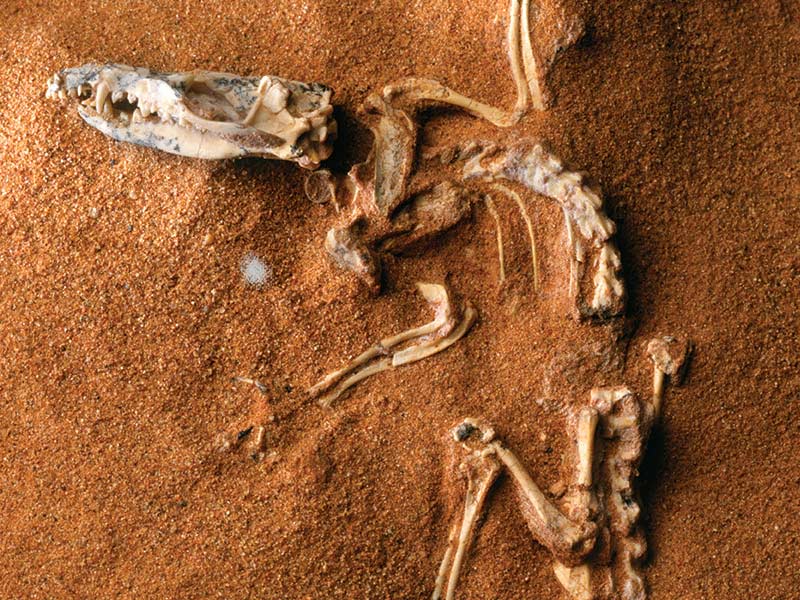 A New History of Life
A New History of Life
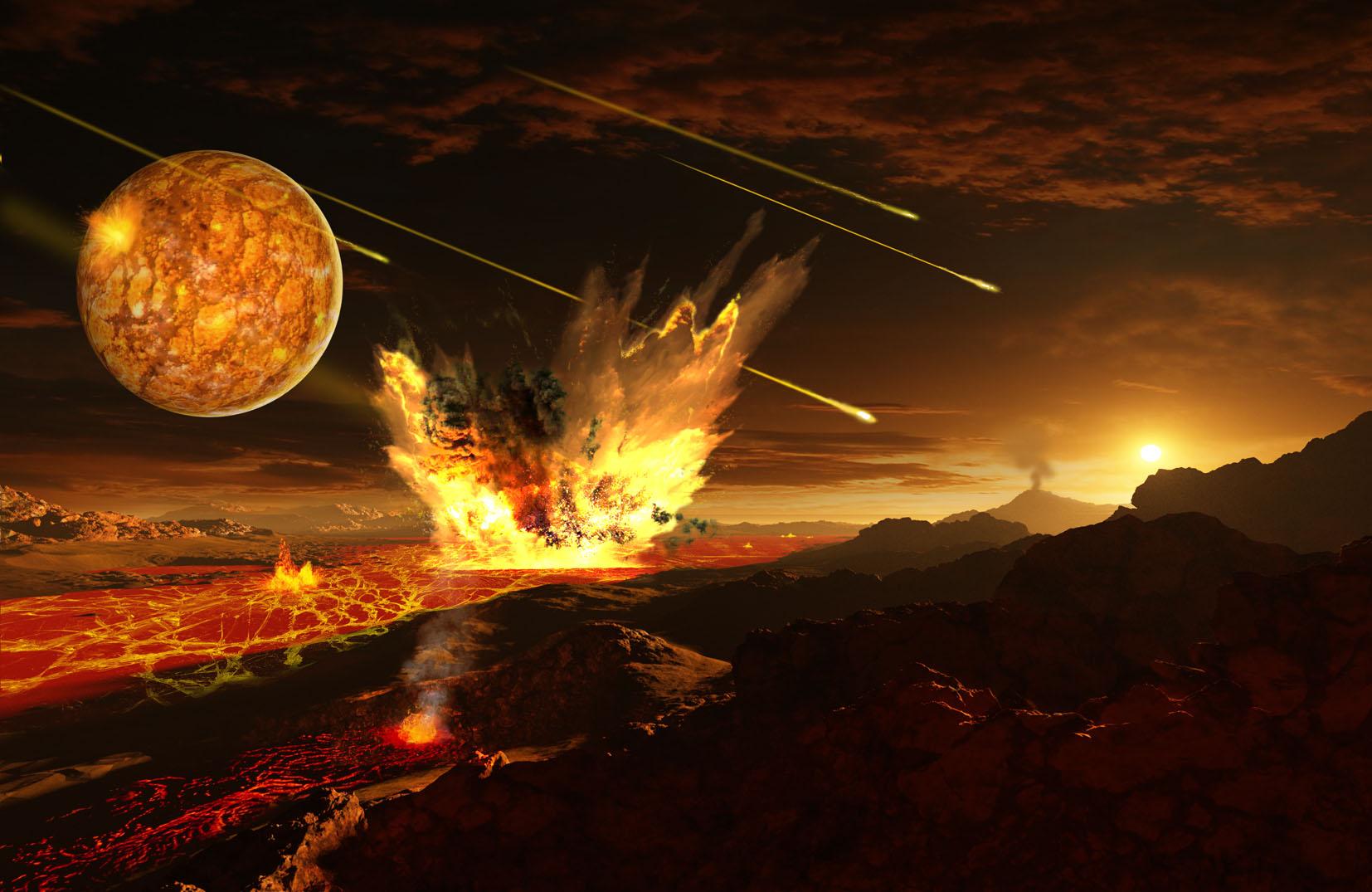 The Origin and Evolution of Earth: From the Big Bang to the Future of Human Existence
The Origin and Evolution of Earth: From the Big Bang to the Future of Human Existence
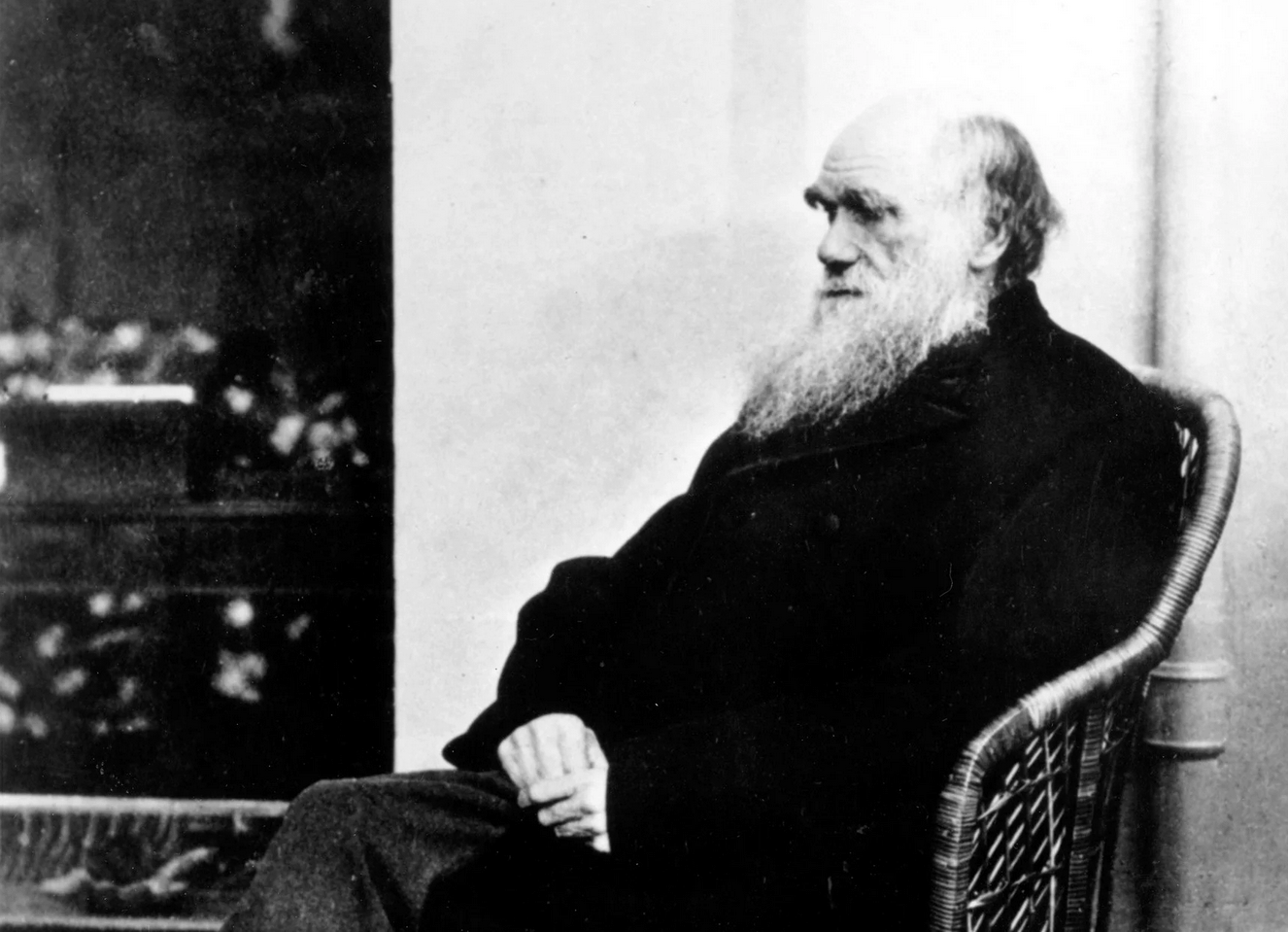 What Darwin Didn’t Know: The Modern Science of Evolution
What Darwin Didn’t Know: The Modern Science of Evolution
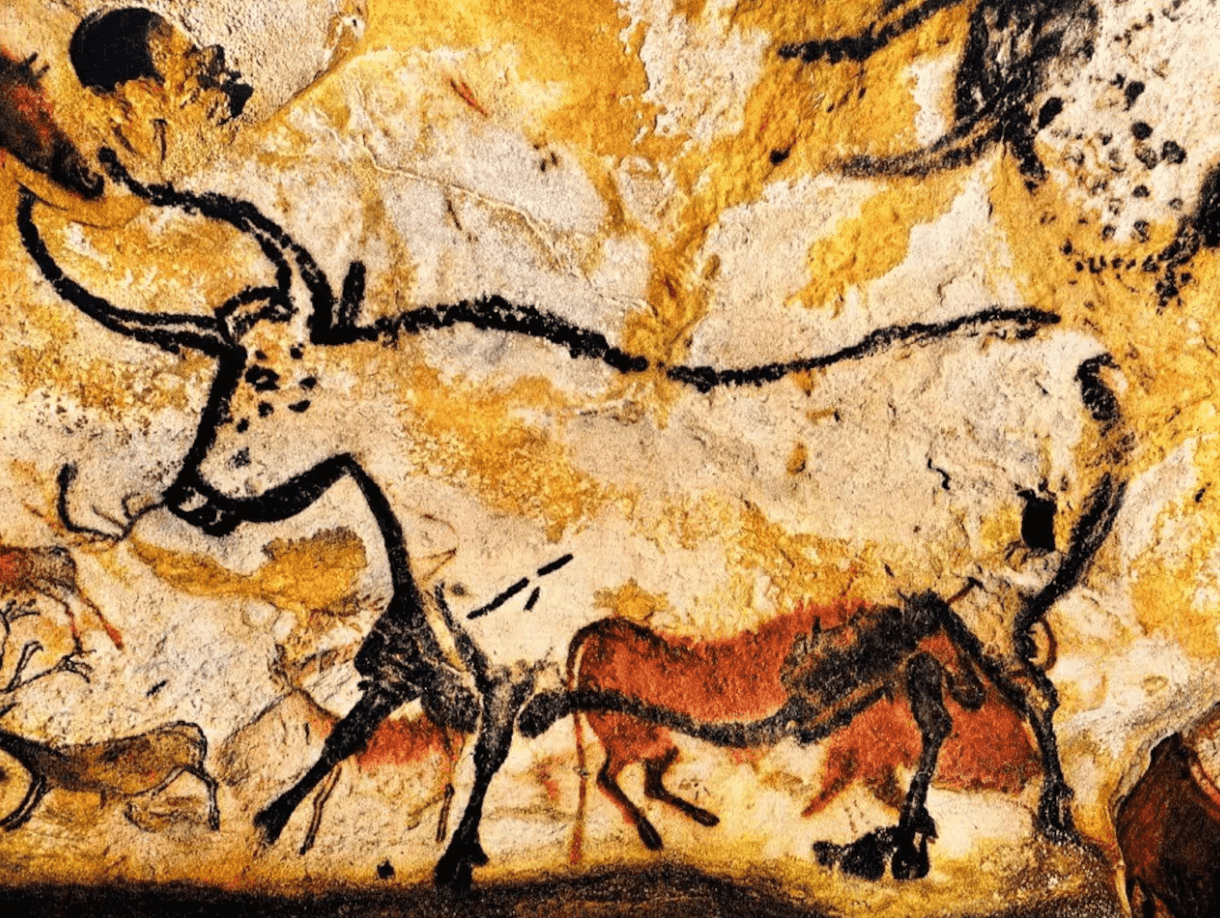 Biological Anthropology: An Evolutionary Perspective
Biological Anthropology: An Evolutionary Perspective
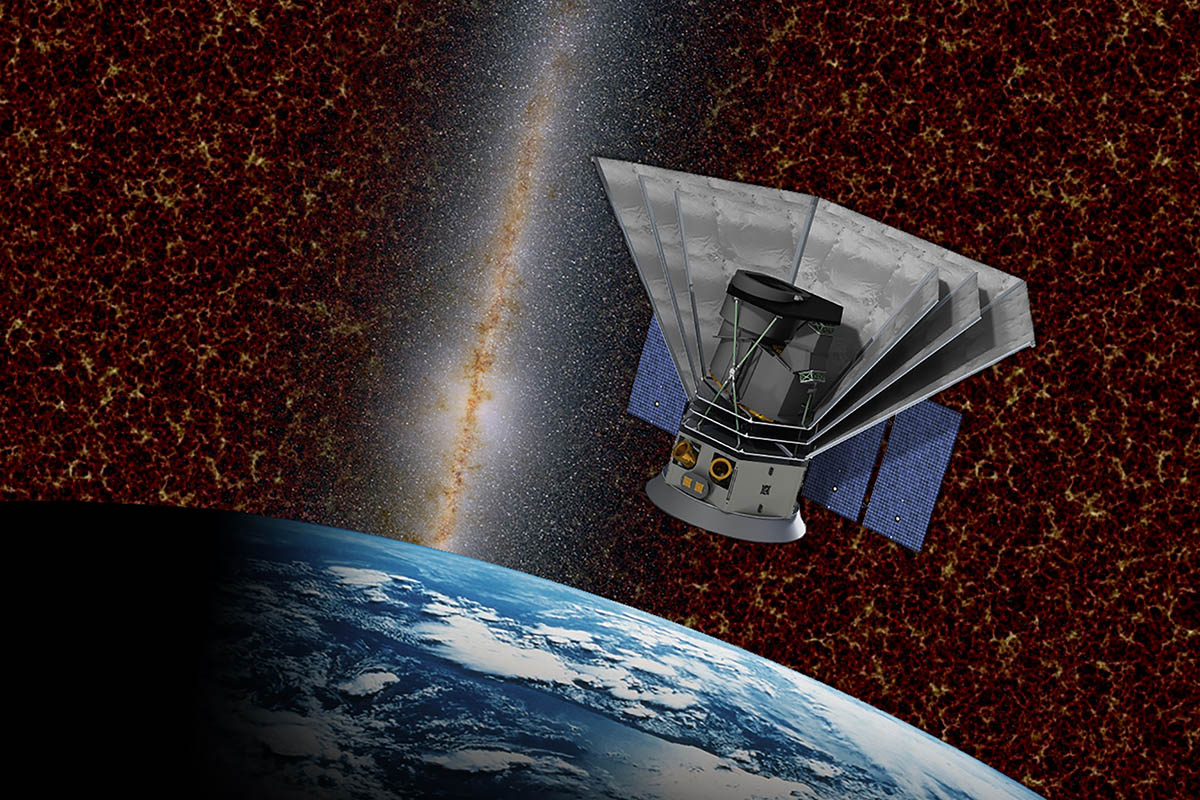 Big History, The Big Bang, Life on Earth and the Rise of Humanity
Big History, The Big Bang, Life on Earth and the Rise of Humanity
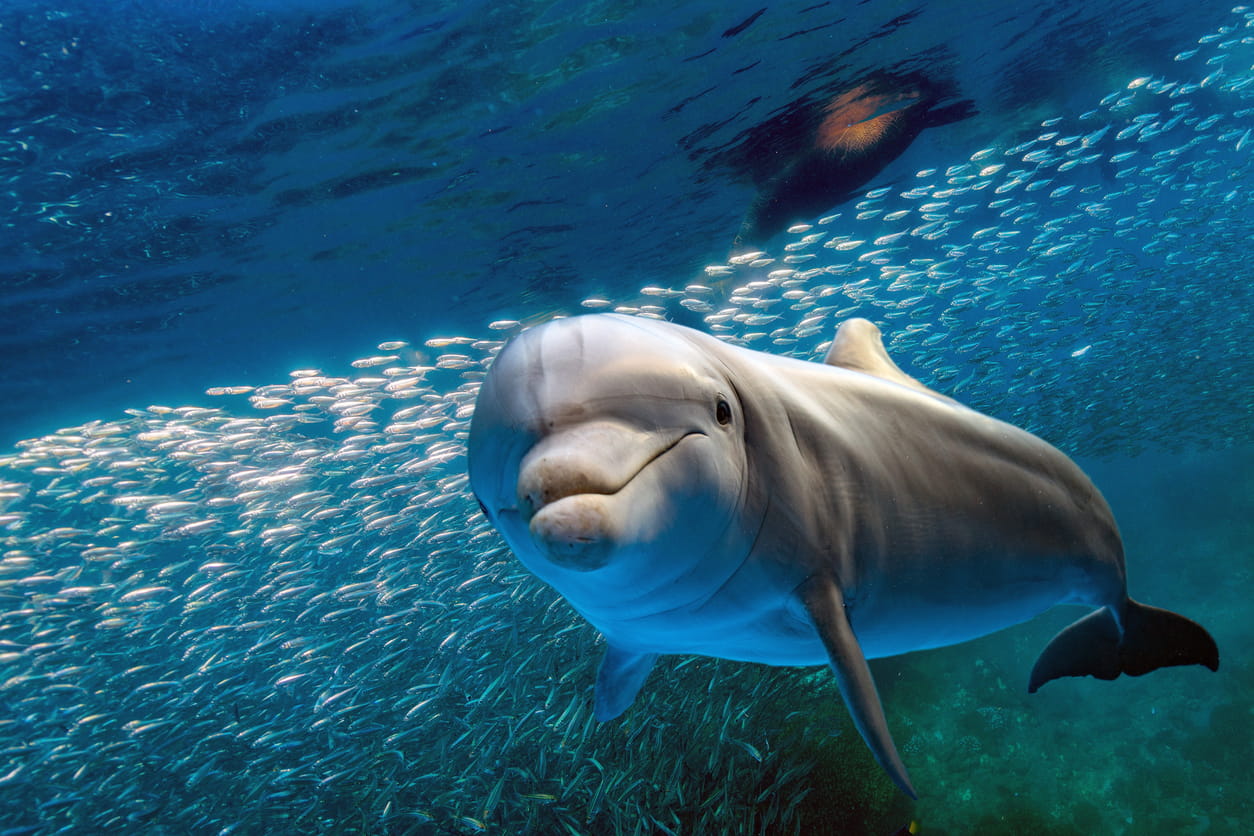 Life in the World’s Oceans
Life in the World’s Oceans




